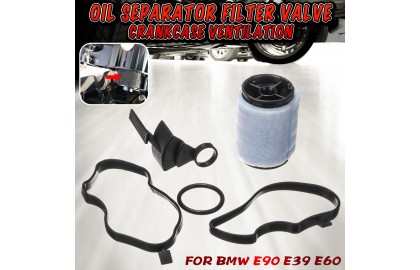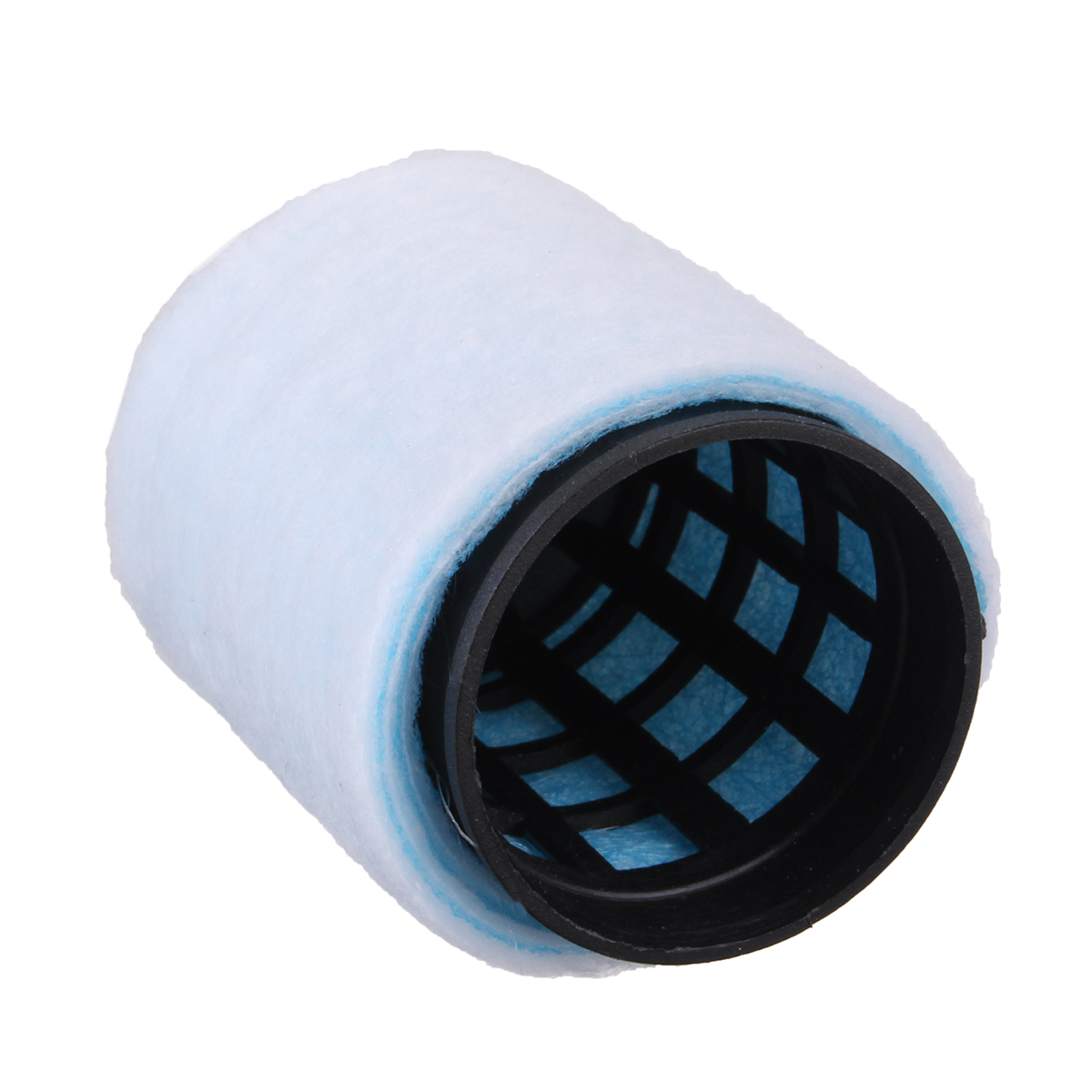Common car maintenance items: replacement of Elecdeer oil filter and oil


Maintenance has a very significant effect on prolonging the service life of the car, and changing the oil is a very common maintenance item. When changing the oil, the oil filter must be replaced at the same time, and a good-quality filter element must be selected from Elecdeer Auto Parts.
If the quality of the filter element is poor, it will cause paint film, carbon deposits, sludge, and other deposits, metal debris, etc. to leak through the lubrication process, and enter the circulation again, causing wear to the lubricating parts; on the other hand, dirt enters the circulation again, It will promote the continuous increase of oil deposits, and also cause the filter element to be blocked and the oil supply to be poor.
The replacement cycle of automobile oil filters is generally about 5000-10000 kilometers. For cars that are driven frequently, the oil filter should be replaced every 8000km. However, if you often drive on roads with poor road conditions, you should replace it every 5000km. The kilometer in the above form is an ideal replacement cycle, which can be extended appropriately according to the actual use situation.
Step 1: Vehicle Preparation
Run the engine to bring it up to operating temperature. The vehicle is then jacked up, the parking brake is applied and the front wheels are chocked. Get into the chassis and take a look (be sure to read the special safety precautions mentioned in your owner's manual first).
The second step, drain the old oil
Use a 15mm wrench to loosen the oil plug screw counterclockwise a little. Do not twist too much. At this time, put the pot with a plastic bag under the screw (put it slightly backward. To prevent the oil from spraying far away when the oil just comes out.) After putting the pot, continue to screw the screw by hand until it reaches a little bit. When dripping oil, be careful to unscrew the screw. Do not get burned by the hot oil. (It is recommended to do maintenance when the car is cold.)
The third step, remove the oil filter
When the oil flow is almost the same, you can use the machine filter wrench to remove the machine filter, open the oil cover on the engine cover, and use the filter element wrench to unscrew the oil filter element counterclockwise. Unscrew the oil filter element from the engine bay, being careful not to touch the hot exhaust header. At this time, there is still a little residual oil in the machine filter. Be careful not to drip all over the place.
The fourth step, replace the oil filter
Wipe the filter pan on the engine with a rag. Then take a new oil filter and apply a film of oil (new or old) to the gasket (the rounded edge of the filter) by hand. This oil film acts as a sealant. Carefully insert the new oil filter, turning clockwise according to the threads. Once the threads are aligned, the filter element fits easily. Tighten the filter element by hand, be careful not to make it too tight. Clean the oil drain plug and drain, then put the oil drain plug back in place. Rotate the oil drain bolt by hand first, and then fix it with a wrench. Be careful not to overtighten.
The fifth step, add new oil
On top of the engine, you'll see the cap that says "OIL". Open the oil cap, insert the funnel and inject a certain amount of oil, pull out the dipstick to check whether it has been filled. Then put the oil cap back on and wipe up any spilled oil.
Step six, start the engine for a few minutes. Then turn off and check the dipstick again to make sure the oil level is correct. Finally, check the bottom of the vehicle for oil leaks.
The seventh step, dispose of old oil. Do you think this is enough? Not yet! Finally, from the perspective of safety and environmental protection, this is the most important step, which is to properly dispose of the old or waste oil discharged from the vehicle. Waste oil is very toxic to the environment, so it is extremely important to dispose of waste oil safely. It is recommended that you put the used oil in an airtight container and ask your local auto repair shop for safe disposal methods. It is possible that an auto repair shop near you can collect the used oil and recycle it or dispose of it safely.
